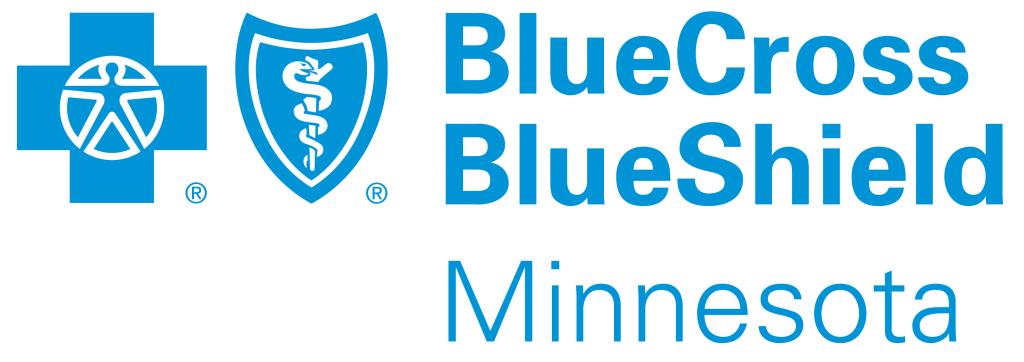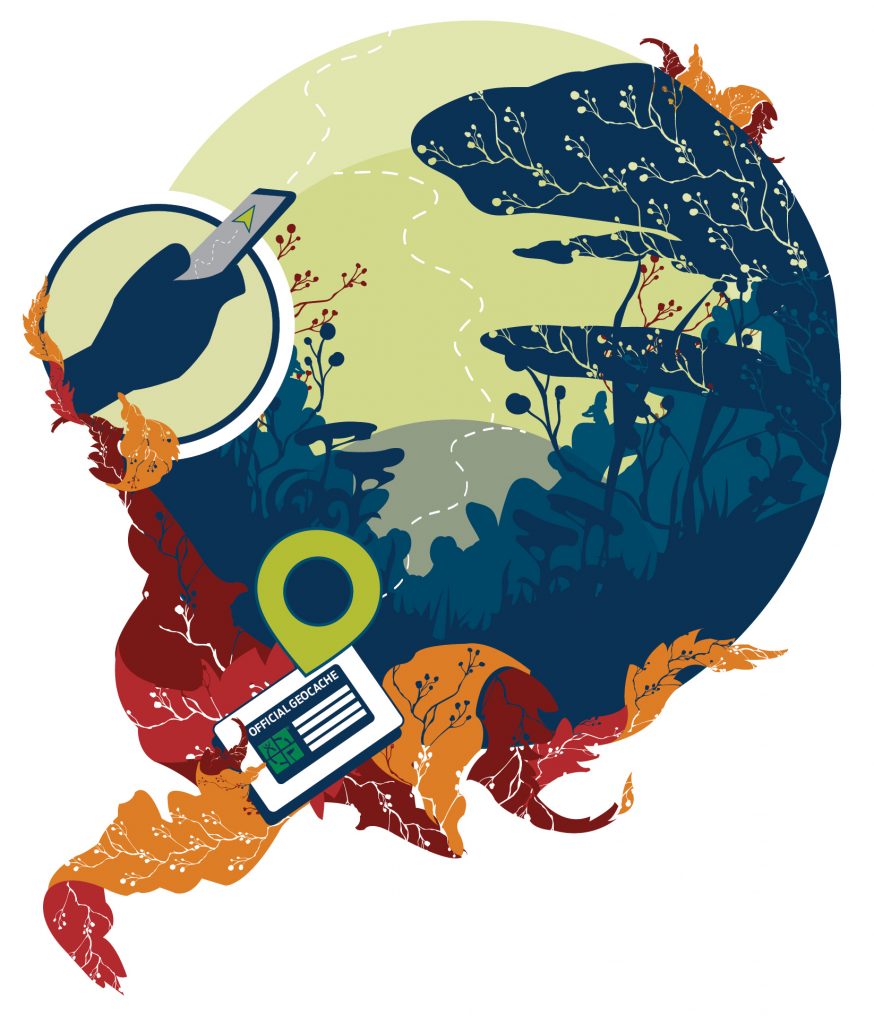Fall is a beautiful time of year to be outdoors in Minnesota. Everyone has their favorite apple orchards, pumpkin patches, foliage hot spots and other destinations this time of year.
But if you’re looking for something different and feeling a li ttle adventurous, now is a good time to give geocaching a try. The activity is basically a treasure hunt. Containers called geocaches are hidden in locations throughout the world, their coordinates are listed online at geocaching.com, and geocachers use GPS to find them. Scott Pakudaitis of the Minnesota Geocaching Association provided a few more details to help anyone interested get started.
What to expect
Geocaches range from the very small (about the size of a pinky nail) to enormous; some are easy to find, others are well-camouflaged. Common containers are peanut bu tter jars, film canisters, and ammo cans. Finders usually sign logbooks for proof of the find.
What you need
The bare minimum to begin is some sort of GPS receiver and a pen to sign the logbook. Many geocachers use their smartphones. Others use dedicated hand-held receivers. To access coordinates at geocaching.com, you will need to create a free account.
Physical demands
Geocaches can be as demanding as climbing a mountain or as easy as reaching under a park bench. Every geocache has a terrain rating from one to five, one being the easiest.
Social opportunity
Geocaching can be done individually, but is fun with others. Geocachers will commonly organize social gatherings outside of hunts. The Minnesota Geocaching Association provides a great way to meet local geocachers and learn more.


